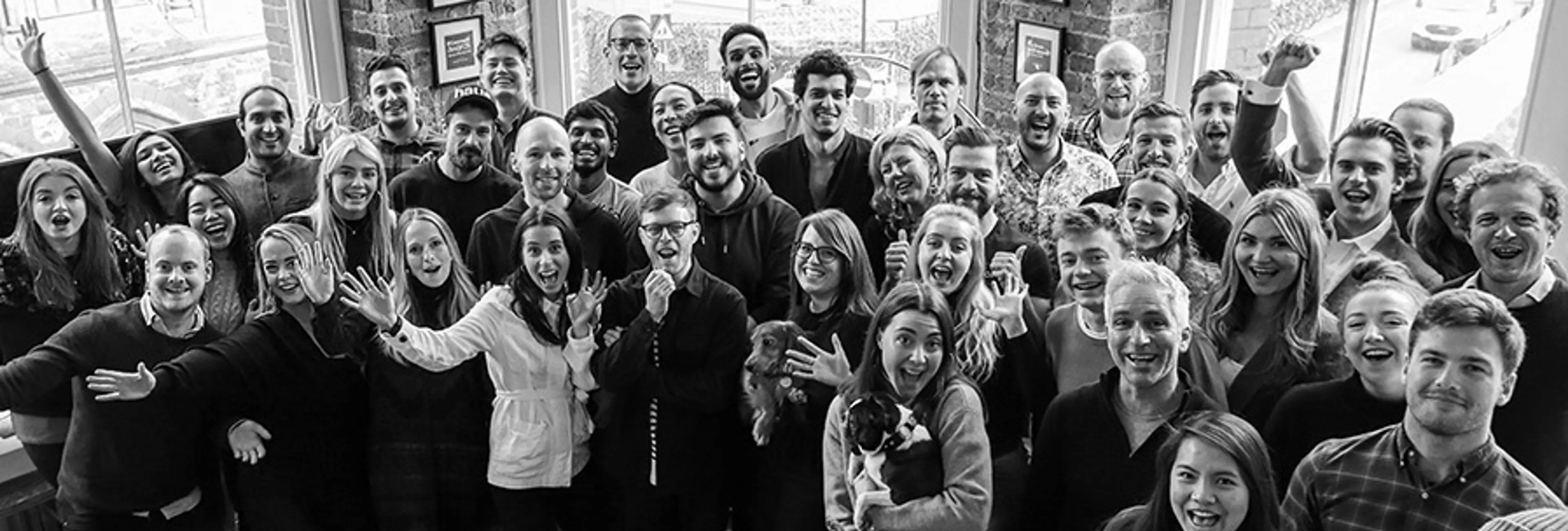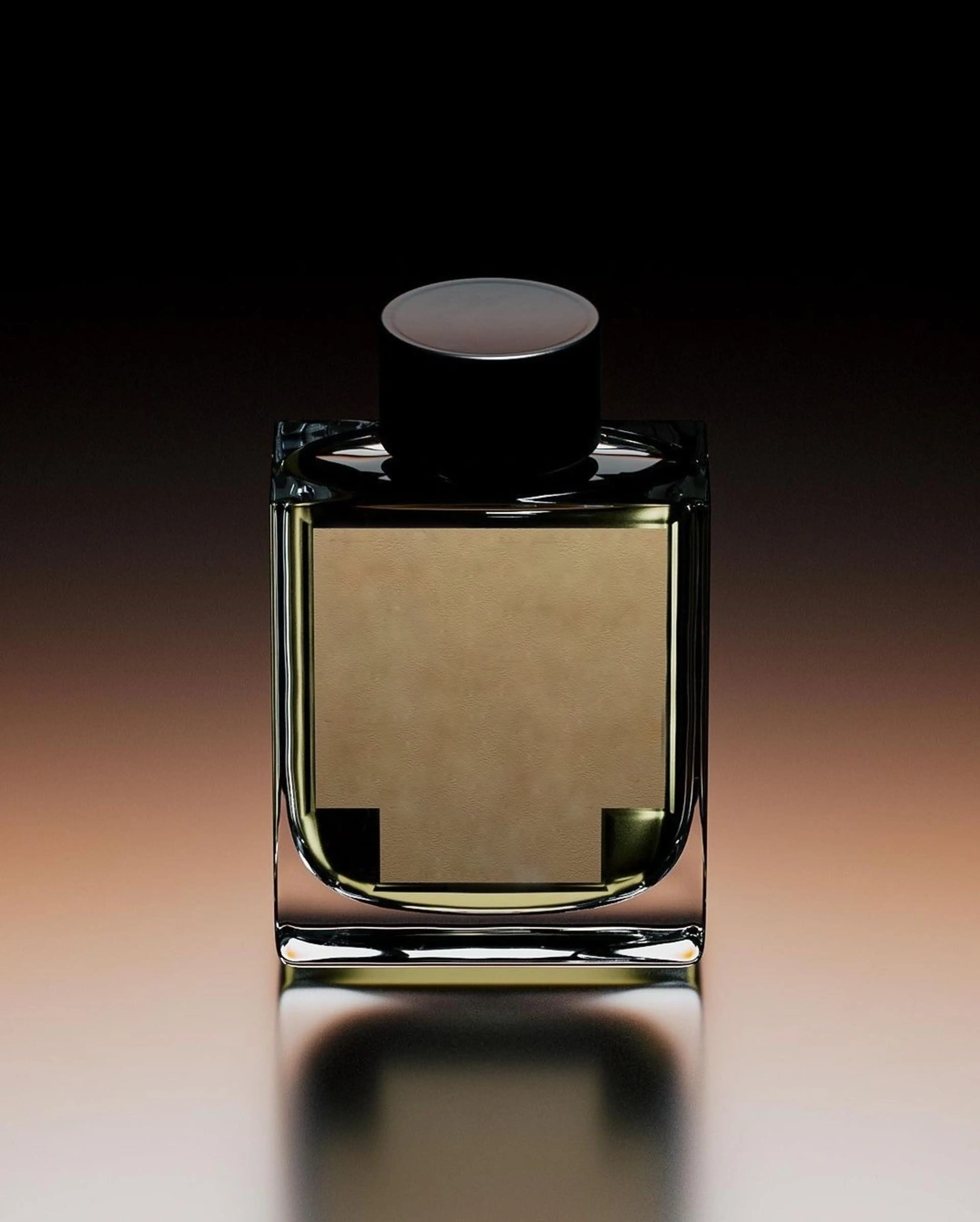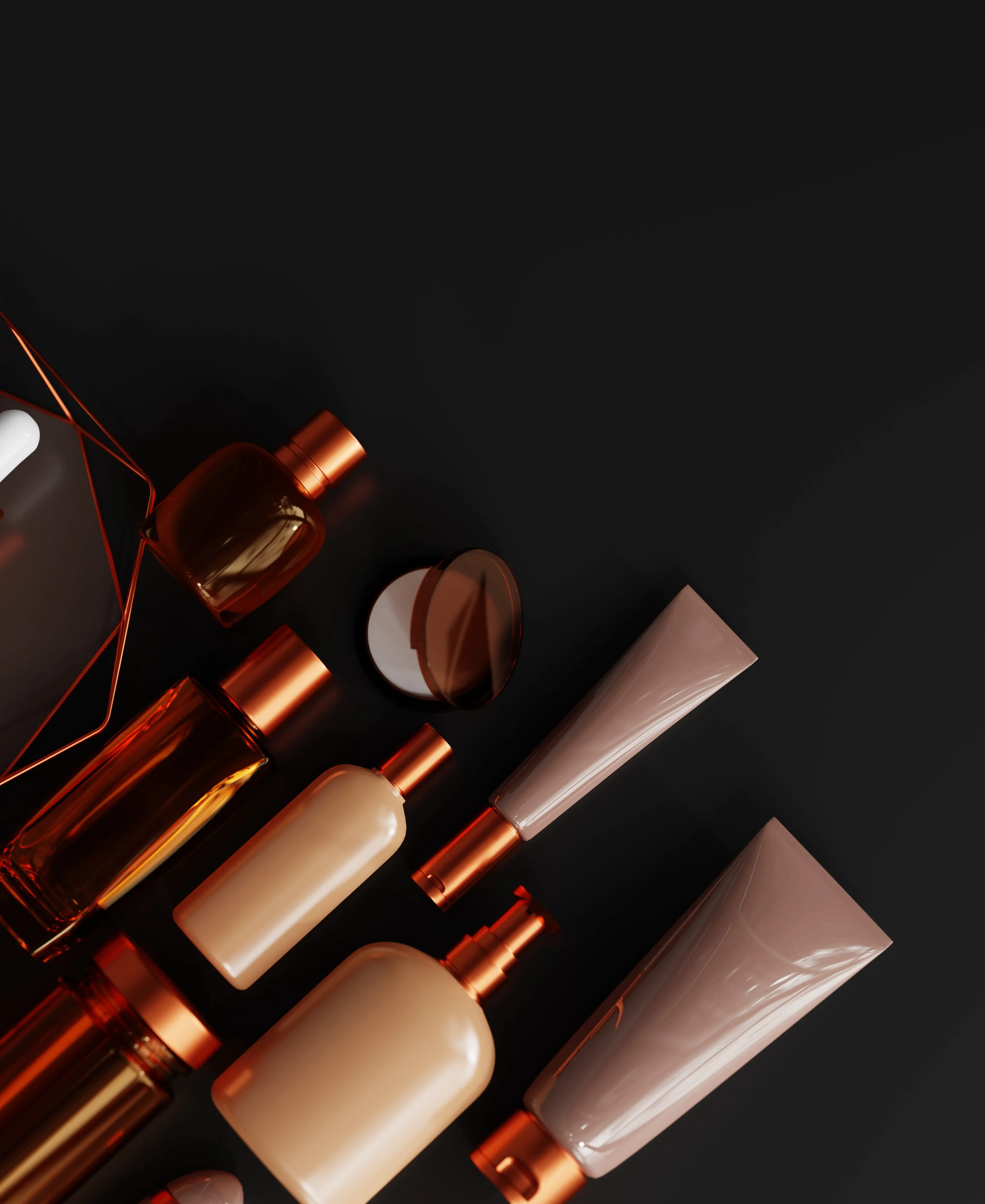
Retail
1 Feb 2023
7 Min Read
The Beauty Report 2023: Priming Luxury Brands with Future-First Insights
The room for growth in beauty is astronomical. Market value sat at $564B in 2022, thanks to a following that borders on fanatical. And while the industry doles out equal amounts innovation and controversy, no one can look away.
The link between luxury and beauty is dissected in op-eds all over the internet. Though the former’s definition is evolving and the latter is largely subjective, the two are intrinsically intertwined. Both intangible qualities, but coveted all the same.
Beauty has historically been a tool for expression; personal, social or political, from Red Lipstick Feminism to the Born-To-Be-Wild looks of the 70s to 90s supermodel’s heroin chic.
Though we often think of it as a sector led by fast-moving fads, the beauty industry is both influencer and influenced when it comes to cultural shifts — big and small.
More than that, beauty is a solid growth strategy to bank on.
Just last week French luxury group Kering announced plans for an in-house beauty division to serve their roster of fashion houses including Bottega Veneta, Balenciaga and Alexander McQueen.
LVMH already has an impressive portfolio of fragrance and cosmetic brands as well as a slew of names in luxury fashion who have blended themselves into the beauty sphere to boost their top and bottom lines.
It makes sense. In luxury fashion especially, a bag or belt could set you back thousands but a limited edition lipstick or signature nail polish could be a new gateway for younger audiences.
Sadly it’s not all good news. It couldn’t be a harder time to break into the beauty sector. Successful infiltrators must combine universally effective products, killer branding, scroll-stopping visuals, innovative growth strategy and a dusting of luck.
Sceptics would say it’s a near-impossible equation… we’re going to break it down anyway. But first, it’s good to know what kind of branding trends and behavioural shifts are sticking in the sector (we’ll tackle tech at a later date).
Beauty Industry Trends 2023
BOLD BRANDING
Strong visual narratives will always carry clout when it comes to aesthetic products. More than ever, the beholder of beauty is now the subject themselves and with the new luxury shift towards purchasing as investment, these narratives will play a key role in tribe-finding.
Increasingly, forward-thinking brands are breaking the surface, emerging from the sea of sameness with visual branding that stands out on the shelf.
Bright colour profiles, uneven shapes and tactile finishes are making waves in the social-media-friendly sector and have been for some time. Glossier’s signature millennial pink and mixed typography took the sector by storm when they launched in 2014, an impressive feat despite their current difficulties to find renewed fervour.
Summer Fridays’ imagery of their slightly scrunched products encourages touch and play adding a sensory element to their identity. Made by Mitchell might be going down a similar self-narrowing route as Glossier did with their gen Z yellow packaging, but for now the brand is riding a rapid rise to iconic status with beauty lovers everywhere.
On the other side of the spectrum, more tonal, pared-back aesthetics have given way to visual direction which celebrates natural finishes and earthly imagery, often reflective of sustainable materials or ethos.
Oquist’s philosophy lies in the ‘art and beauty of nature’, offering waterless and multifunctional formulas stored in sustainable clay sculptures to honour earth and upcycle our homes. Each piece possesses a unique story, having been created in partnership with ceramic artists with the intention for them to be reused as oil dispensers, vases, espresso cups, trinket dishes, etc.
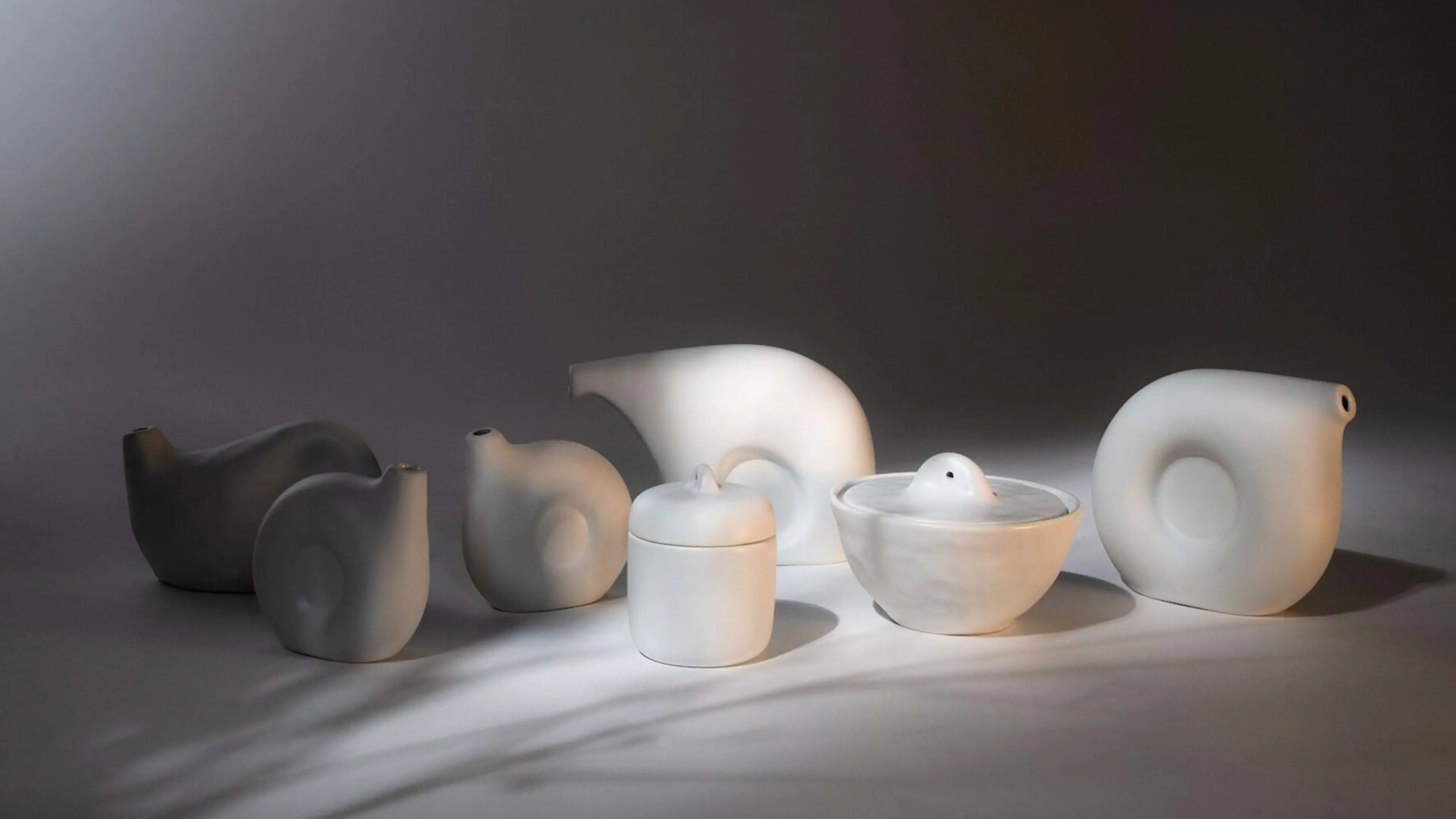

Born from a love of artisanship and the bathing rituals of Middle and East Asia, bath & body brand Senteurs d’Orient encapsulates a similar earth-centric impression. Named a U.N. Women ‘Champion for Change’ due to their work educating and empowering women in Lebanon, the mother/daughter business takes notes from nature, visually and spiritually.
Looks may not be everything, but in this industry, they can count for a lot.
INCLUSIVE BEAUTY
It goes without saying that POC-owned brands have been meaningfully making and moving within the beauty space long before any widespread recognition. Only when Fenty launched their ‘beauty for all’ 50 shade range revolution did other brands think to expand theirs, yet super deep and super fair skin tones continue to be underserved.
In luxury circles, shade diversity is frankly shit. As is the representation. Dior’s 40-shade range is the best with a promise from Creative & Image Director Peter Philips that “there will be more” but it’s not enough from a sector that can and should be leading the way forward.
Global brands have been doing better in recent years. First to sign the Fifteen Percent Pledge, last year Sephora launched a documentary with Vox Media titled ‘The Beauty of Blackness’ while US haircare giant Dove’s animated short film ‘Hair Love’, directed by Matthew Cherry, was produced to build kid’s confidence through positive representation.
With haircare increasingly being a mane attraction (sorry), brands like PATTERN by Tracee Ellis Ross are slowly taking centre stage. Showing up to “fulfil the needs of the CURLY, COILY & TIGHT TEXTURED community”, both their packaging and product are something to rave about.
In a separate but no less important vein, the boom in men’s and gender-neutral beauty presents an emerging opportunity with vast potential to revolutionise the sector. We reckon credit should go to Queer Eye and the Fab Five but special mentions could span from Bowie’s lightning bolt to Harry Styles’ Met Gala manicure.
Whoever popularised it, male beauty products are having a moment — one with the potential to transform into a movement.
Styles launched his brand Pleasing in November 2021 to much campy fanfare. Initially, funky nail polishes were the only offering but skincare has since joined the fold alongside pressed powder, cream pigments and graphic liners.
Fellow artist Pharrell William’s line Humanrace combines skincare with a dedication to unified health and wellbeing, empowering everyone to feel good in their skin.
“Humanrace doesn’t differentiate by race or gender. We’re creating for humans; we are all born in the same skin and Humanrace celebrates this.” – Pharrell Williams

‘CLEAN’ BEAUTY
What once differentiated organic products from their more synthetic counterparts has become a buzzword for the granola mums and Gwyneth Paltrows of the world. ‘Clean’ beauty is now a cult. Quite attractive on the surface but beneath the epidermis lurks something ironically inauthentic.
The desire for natural and organic ingredients is nothing new, nor should it be discouraged, but products claiming to be ‘chemical-free’ when water – an unoffensive substance – is, in fact, a chemical exposed a broader issue with the beauty sect. Ambiguity.
What counts as ‘clean’? Is it natural, earth-kind ingredients only? Is it vegan? Cruelty-free? What does ‘organic’ even mean?
Ignoring the vague definitions plaguing popular beauty discourse, skincare brand Drunk Elephant has made a marked difference in their approach. Instead of even really acknowledging the dichotomy of natural and synthetic, their philosophy is founded on biocompatability. That is, a focus on healthy pH levels, formulas recognisable to the skin, small molecular structures and active ingredients which preserve the acid mantle.
Their approach, alongside a number of others, reflects a macro trend towards more formula-focused consumption. Because while branding is vital, the products must perform. Just ask Glossier.
In 2008, Professor Augustinus Bader, now one of the world’s leading stem cell experts, developed a groundbreaking gel that promotes the natural self-repair of traumatic wounds at a cellular level.
In 2018, the Augustinus Bader science-powered skincare line launched, derived from Bader’s 30+ years of research and backed ‘by the highest calibre of applied science in the industry’.
In just two years their turnover went from $7m–$70m and they’ve since curated a global network of leading cosmetic surgeons, dermatologists and medical spas — with the brand’s first UK brick-and-mortar location opening in Lanserhof at The Arts Club in Mayfair.
On a (much) more affordable note but no less effective, The Ordinary takes stripped-back to a whole new level. Naming every product after one or two key formulaic ingredients, they remove a lot of the opacity around skincare and deliver what we know buyers are looking for: authenticity. No longer drawn in by promises of anti-ageing and perfecting effects, contemporary consumers are much more aware of ingredient intricacies and respective results.
Dr. Barbara Sturm, an eponymous cult skincare brand launched in 2014 has its foundings in Dr. Sturm’s orthopaedic career, during which she developed cutting-edge treatments for anti-inflammatory conditions. Bringing expertise and insights to aesthetics, the brand’s Molecular Cosmetics line is designed for those who want a simple regimen but smart products.
“"We are exiting the era of marketing-based skincare and entering the era of performance-based skincare. Skincare needs to embrace the individuality and diverse skincare needs of every consumer."”
BEAUTY COMMUNITIES
In a hyper-connected world, brands are the sum of all their interactions — including those they can’t control.
TikTok in particular is literally an endless stream of content, opinions, recommendations, trends and reviews — created and watched by more than one billion users. Though the rise of ‘deinfluencing’ may deter brands, the discoverability potential alone is worth the risk with the platform recording a 176% increase year-on-year for beauty brands.
Roughly 40% of Gen Z prefer to use Instagram and TikTok as search engines instead of Google. For luxury houses, it’s an opportunity to break out of stale moulds and build more authentic connections. Either through community engagement or collaborations with creators who can authentically tap into a brand’s target audience.
Christian Louboutin is building effective partnerships with a range TikTok creators who represent and influence niche consumer groups. From fashion lover Sammi Jefcoate to beauty guru Yusur Al-khalidi, the brand’s Matte Fluid Lip Colour not only looks incredible (both in packaging and on pouts) but is receiving plenty of lip service on the platform as the variety of partnerships reflects a celebration of diversity and distinctiveness.
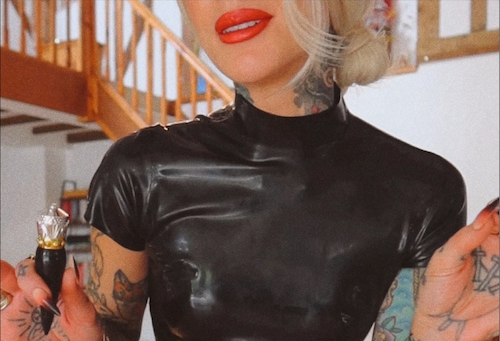
Rare Beauty by music artist Selena Gomez has managed to overcome the negative precedent set by previous celebrity beauty brands, taking TikTok by storm and holding pride of place at the top of feeds.
Working with creators to drive 98% of total campaign conversion, the brand is one of the best when it comes to leveraging influence to tap into these cult communities. Operating under the knowledge that viewers engage far more with educational, third-party content than interactions which are exclusively B2C.
Even if brands don’t build an entire strategy, they can tap into the hype of pre-existing communities and the reams of UGC already there. Rather than exclusively going after immediate ROI, luxury marques should be using socials as a tool to futureproof. Because zoomers are rapidly becoming new luxurians.
For everything else, our strategists, consultants and designers specialise in sense-making, spirit-finding and creative vision to ensure forward-thinking timeless brands carve out that place in the mind. In luxury, beauty and beyond. Drop a line to [email protected] and let’s talk.
Find out more about our branding, digital innovation and design services here.
Retail


